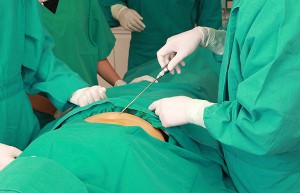
Traditional liposuction is still applicable in many cases.
Liposuction has been around since the mid-seventies. First used by an Italian gynecologist, the French surgeon Dr. Illouz was the first to apply the procedure to purely cosmetic cases. The technology has come a long way since then, but traditional liposuction remains a mainstay in plastic surgery.
The primary goal of the advancing technology is to add some sort of power to the tip of the liposuction instrument in an effort to destroy the walls of the fat cells, causing them to break up and become easier to remove. There are three ways to break up the cells: ultrasound, laser energy and mechanical energy.
Smart Lipo is a laser instrument commonly used today. The laser destroys the cell integrity and little holes behind the tip vacuum up the cell residue. The instrument glides through the tissue easily, which requires very little strength on the part of the surgeon. This differs from traditional liposuction in the sense that traditional lipo requires a lot of strength, endurance and repetition by the surgeon. I always used to joke that a good liposuction surgeon looks like a guy you wouldn’t want to challenge to a fist fight.
The ultrasonic-assisted device I prefer is called Vaser. The tip of this instrument emits a little shock wave in advance of the tip, further breaking up the fat. Then a standard liposuction instrument is inserted and the residue comes out very easily. This technique is especially suited to resistant fat that would be difficult or impossible to remove with a standard liposuction technique. One example is secondary liposuction, an area that has had lipo in the past. Another example is gynecomastia, the excessively enlarged male breast. In general, male fat is more attached and difficult to remove than female fat, and gynecomastia is the toughest of all fat.
Both Power-Assisted Liposuction (PAL) and Tickle Lipo use mechanical energy to assist in fat removal. PAL uses a tip that pistons in and out a fraction of an inch. Tickle Lipo orbits the tip in a circular motion. Both of these devices reduce the amount of force required by the surgeon allowing doctors to perform the procedure more easily and with less strength.
Both ultrasound and laser create some heat beneath the skin, which is the biggest risk of the procedure. This heat can create a burn that could show on the skin. Furthermore, some fat may be destroyed but not vacuumed away, which can cause prolonged swelling, fluid collection or indentation. For this reason, traditional liposuction is still applicable in nine out of ten cases.
When using fat as a harvest material for grafting, as in the famed Brazilian butt lift, it is important to rely on traditional liposuction as well. The devices that “destroy” the fat as it is removed also eliminate any usefulness of the material as a graft. The same goes for treatments in which fat is being harvested for its stem cell content.
As with most things, experience counts. Surgeons who have been doing the procedure for decades have the experience and judgment to choose candidates well, perform the procedure perfectly, and provide excellent results. While plastic surgeons are specifically trained in this procedure, it appears that many E.R. doctors, gynecologists, general surgeons and others often practice beneath the title “cosmetic surgeon.” We see many unhappy patients who previously placed price before experience and credentials. In my opinion, only plastic and reconstructive surgeons (preferably board certified) should be doing liposuction.
Most people who think liposuction would benefit them are correct. It will. But it is a significant procedure and claims of techniques that offer faster recovery and lower prices are not necessarily the smartest choices. Power liposuction techniques are not necessarily better, and traditional liposuction is applicable in most cases.
Dr. Chopra is medical director of The Plastic Surgery Institute in Rancho Mirage and can be reached at (760) 568.2211. Please send your ideas and recommended topics for his column via email to [email protected].







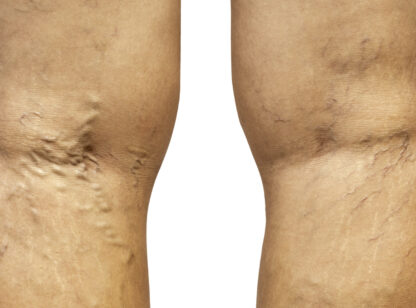


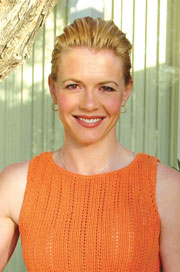


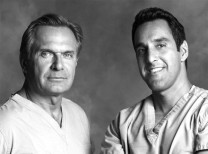




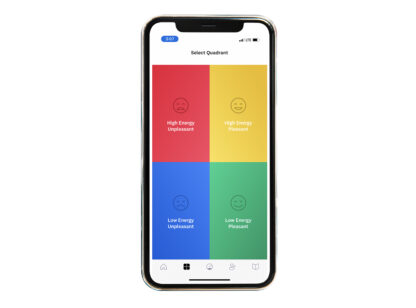































Comments (0)